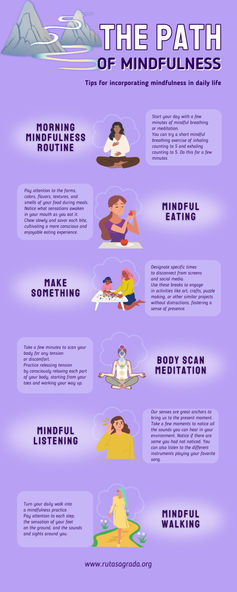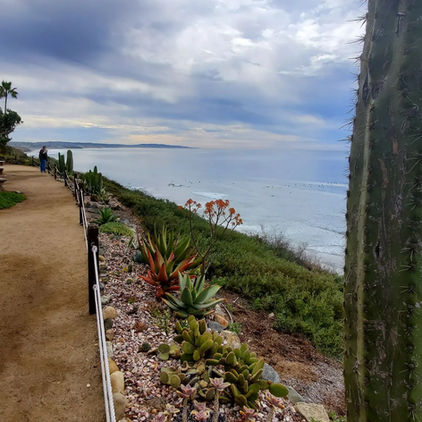.png)
Our wounds do not have to be a life sentence
Throughout your journey, you've traversed challenging terrains and encountered experiences that have shaped you in profound ways.
Yet, the prospect of healing and embracing a more abundant life remains within reach.
In every spiritual journey and in every healing journey, self-compassion is key.
Here, I extend to you a collection of tools that have been instrumental on my own path to healing. As you delve deeper, you'll discover those tools that resonate most deeply with your own journey. Consider this space a sanctuary for exploration—a place where you can tune into the whispers of your soul and discern what it truly craves.
Gratitude
Gratitude is a profound practice of recognizing that all the goodness that surroudns us. It is the opportunity to realize that much of what we have it is not due to our own doing or control, but that it has been given to us. Gratitude does not take anything for granted but recognizes the goodness that we receive as a gift of life, from G-d or from others. These cards are an invitation to delight in what you enjoy and to allow yourselfe to activate and feel your gratitude.


Contemplation
Contemplation; the spiritual practice of paying attention.
Contemplation, yes, simply paying attention to something around us is a good way to start a spiritual practice.
Contemplation practice:
Capturing Beauty
Look for beauty around you. We all have a camera on our phones and it can help us focus our attention. Little by little you will see that your eyes will start to find beauty everywhere. Create your own gallery and review the details that the camera captures and those that escaped your eyes.
These are some of the images that I took on my walks and hikes.
El eneagrama

The enneagrama is a powerful tool and personality types that allows the individual to understand themselves better; their beliefs, values, and patterns that guide their behavior. Plus, the enneagram can also be useful to help us relate with others with greater empathy and understanding.
There are 9 enneagram types. The word enneagram comes from the greek ennea, which means nine, and gramm, which means figure. The picture shows the nine types of the enneagram. Furthermore, the enneagram also points to three centers of intelligence: heart, head, and body. An individuals number is guided by one of these three centers.
I practice and study the narrative enneagram tradition which states that only the individual can determine their type. Some people attribute certain behaviors to specific types, however, what really determines an enneagram type is not the behavior but the motivation behind the behavior.
As part of my training, I have to interview 12 people. Each interview will be about 50 minutes and will be discussed with my supervisor. If you're interested on being interviewed to help you find your enneagram number, click the button below and fill out the interest form.
Mindfulness
The practice of mindfulness was the first resource I found on my healing journey and it is a practice that I continue to incorporate into my daily life. It is an invitation to stop the rhythm of our lives and to learn to savor each moment. It is an important practice to help interrupt anxiety, intrusive thoughts, excessive worry. Best of all, you already have everything you need to do it: your senses! Give your senses a little time each day to do what they already know how to do but with intention. The most important thing in this practice, as in all self-compassionate practices, is to avoid criticizing or judging yourself. There is no perfect way to stay mindful, what works for you is what's important. Let me know if you try any of these exercises.

-
Mindfulness
-
Meditation
-
Being out in nature
-
Movement
-
Dancing
-
Uplifting Music
-
Writing
-
Community
-
Drumming
-
Singing






